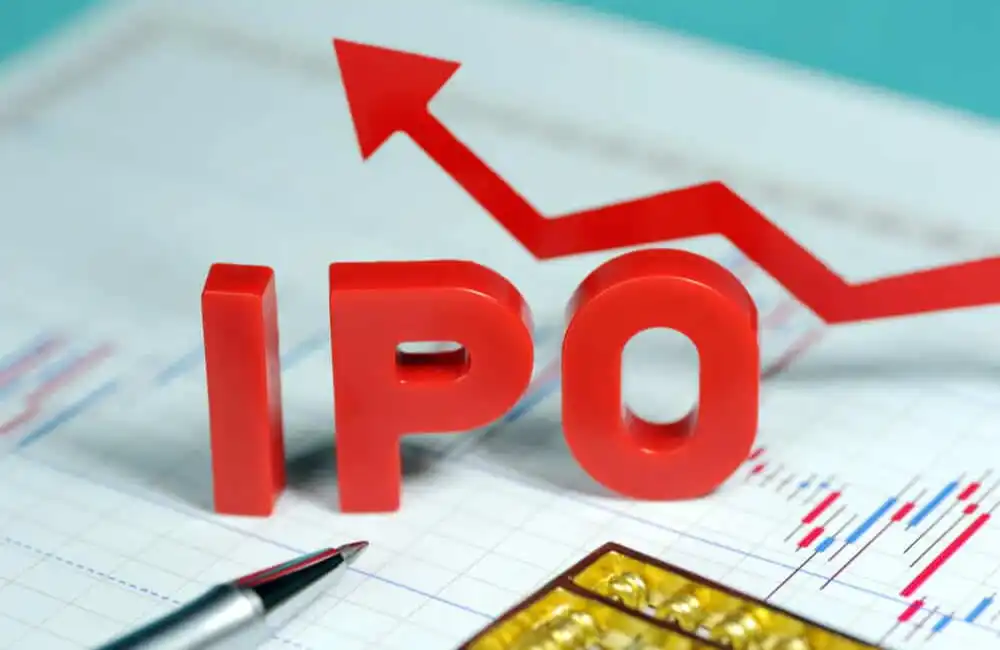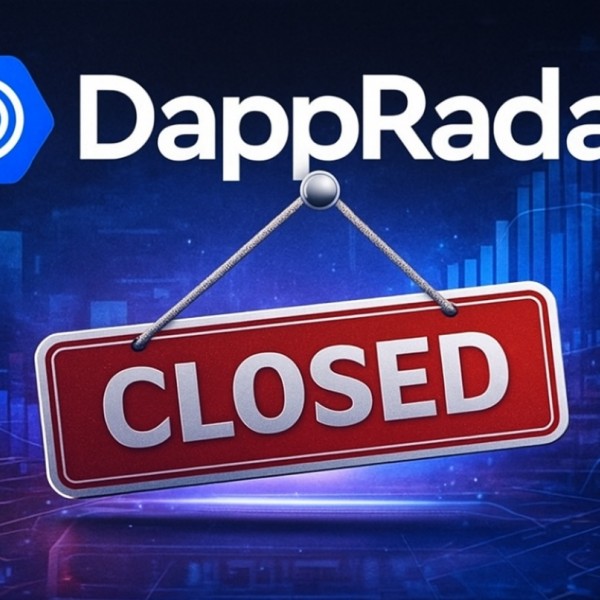Arctic Pablo vs BlockDAG: Meme Momentum or Sustainable Growth?
- Arctic Pablo (APC) and BlockDAG (BDAG) represent contrasting crypto strategies: meme-driven hype vs. utility-focused infrastructure. - APC’s viral presale and speculative ROI (up to 10,769.56%) rely on social media momentum and token burns, but lacks real-world utility. - BDAG’s hybrid DAG-PoW architecture, 15,000 TPS scalability, and 2.5M users via X1 app prioritize long-term adoption and institutional credibility. - While APC targets short-term gains with high volatility, BDAG’s ecosystem-driven incent
In the ever-evolving crypto landscape, two projects—Arctic Pablo (APC) and BlockDAG (BDAG)—have emerged as polar opposites in strategy and vision. While APC leans into the viral allure of meme coins, BDAG prioritizes utility-driven incentives and long-term infrastructure. This article dissects their contrasting models to determine which approach—short-term hype or structured compounding—offers a clearer path to post-launch sustainability.
Arctic Pablo: The Meme Momentum Play
Arctic Pablo Coin (APC) epitomizes the meme coin phenomenon, leveraging a whimsical narrative of a penguin embarking on a "CEXpedition" to the North Pole.
The project's success hinges on speculative fervor:
- Community Growth: APC's Telegram and X communities have grown 300% faster than Pepe (PEPE) in Q3 2025, driven by gamified community events and referral incentives.
- Token Burns: Weekly burns of 5% of the total supply (221.2 billion tokens) and ongoing burn events aim to create scarcity.
- Exchange Listings: Upcoming listings on Coinstore and PancakeSwap are expected to boost liquidity.
However, APC's reliance on meme-driven hype raises red flags. Its value proposition is largely speculative, with no tangible utility beyond staking rewards (66% APY post-listing). The absence of real-world adoption metrics and a deflationary model that depends on external participation rather than organic demand could leave it vulnerable to market corrections.
BlockDAG: The Utility-Backed Infrastructure Play
BlockDAG (BDAG) takes a fundamentally different approach. Built on a hybrid DAG-PoW architecture, it aims to solve scalability and security challenges with 15,000 TPS and institutional-grade audits from Certik and Halborn.
Key strengths include:
- Tokenomics: 70% of the 50 billion BDAG supply is allocated to the community, with 28 billion reserved for miners, 5.25 billion for ecosystem development, and 1.75 billion for liquidity pools.
- Real-World Adoption: 2.5 million users mine BDAG via the X1 mobile app, while 19,400 ASIC miners ensure decentralized network security. Over 300 EVM-compatible dApps are in development, supported by 4,500+ developers.
- Strategic Partnerships: Collaborations with Inter Milan and Seattle Seawolves extend BDAG's reach into mainstream markets.
BlockDAG's model prioritizes compounding incentives: mining rewards, referral programs (25% of referred purchases), and gamified "Buyer Battles" create a self-sustaining ecosystem. Unlike APC, BDAG's value is tied to its utility in transactions, dApps, and real-world use cases, offering a more robust foundation for long-term growth.
Meme Momentum vs. Sustainable Growth: A Risk Assessment
While APC's ROI projections are enticing, its success depends on continued social media virality and FOMO-driven buying. Meme coins are inherently volatile, with values often collapsing after initial hype due to lack of utility. APC's token burns and exchange listings may mitigate some risks, but they cannot replace a concrete use case.
BlockDAG, conversely, is engineered for longevity. Its hybrid architecture, institutional audits, and ecosystem-driven incentives position it as a Layer 1 competitor to Ethereum. The project's focus on scalability, developer tools, and real-world partnerships creates a flywheel effect: more users, more dApps, and higher token demand.
Investment Advice
For risk-tolerant investors seeking short-term gains, APC may offer explosive potential. However, its speculative nature demands caution. A diversified portfolio might allocate a small portion to APC, with strict exit strategies as the project nears important milestones.
For those prioritizing long-term value, BlockDAG's utility-driven model is a compelling bet. Its real-world adoption metrics and ecosystem development suggest a project built to endure. Investors should monitor its exchange listings and dApp progress, as these will be critical to its future performance.
In the battle between meme momentum and sustainable growth, the latter emerges as the more prudent strategy. While viral appeal can propel a token to the moon, only projects with real-world utility and compounding incentives can sustain that trajectory. As the crypto market matures, investors must distinguish between fireworks and infrastructure.
Disclaimer: The content of this article solely reflects the author's opinion and does not represent the platform in any capacity. This article is not intended to serve as a reference for making investment decisions.
You may also like
Crypto Projects Still Lining Up for Listing in This Bear Market
The next potential trading opportunity.

A whale who once made nearly 100 millions in profits shares: Why I no longer trade on HyperLiquid?
A mature financial system would never rely solely on "luck" and "hope" as its final safety net.

DappRadar, another tear of the era
"High value, low payment" is a problem that Web3 tool products have yet to solve.

Bitcoin falls below the 90,000 mark—where is the market headed?
A quick overview of market outlook analyses from traders and industry experts.
